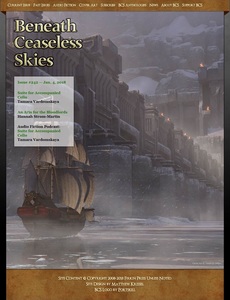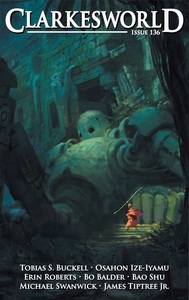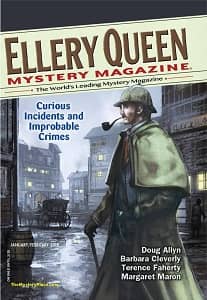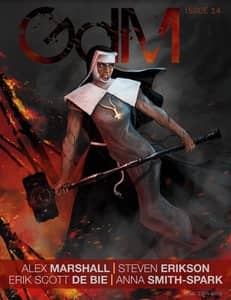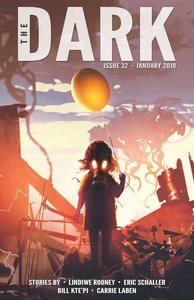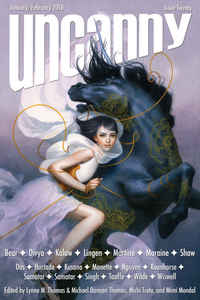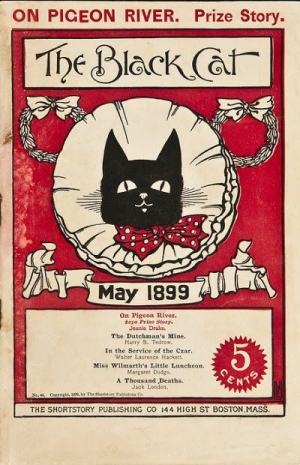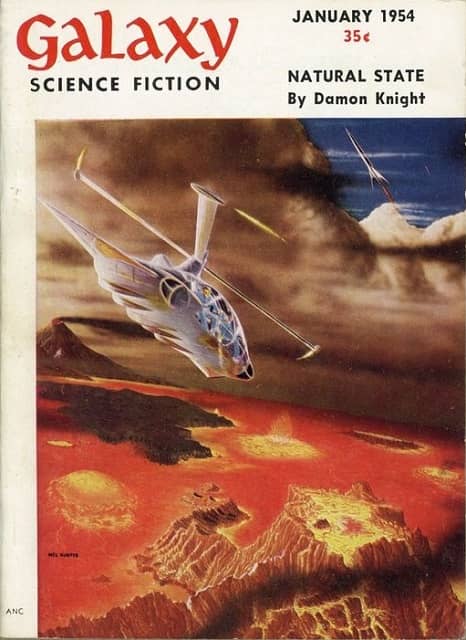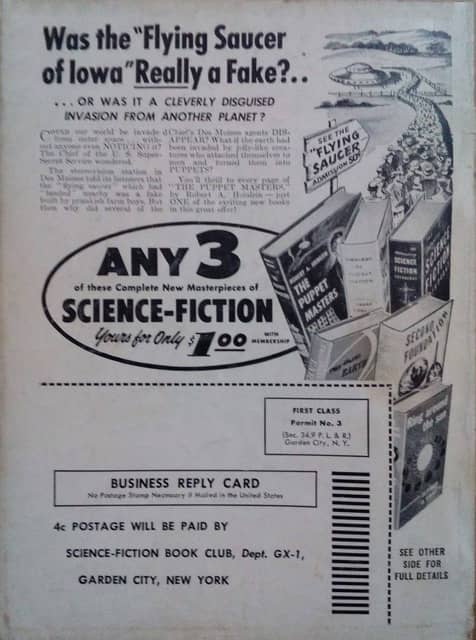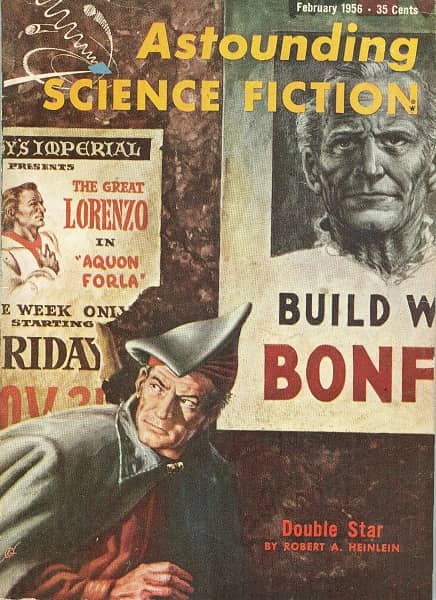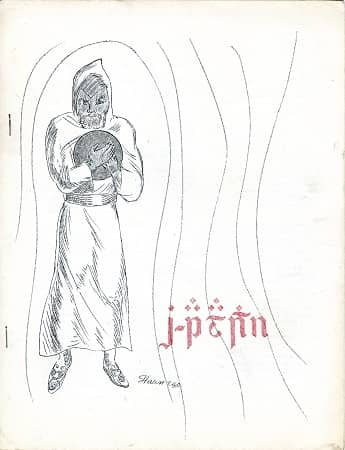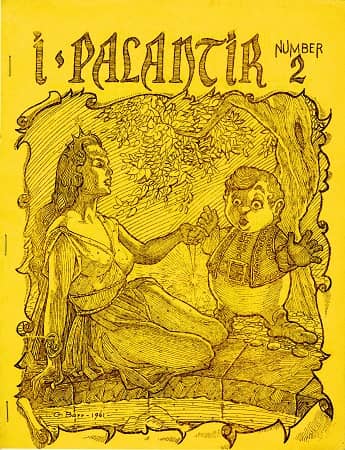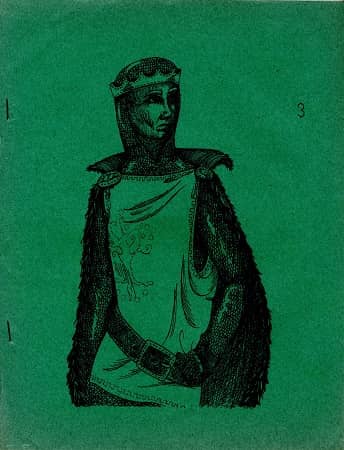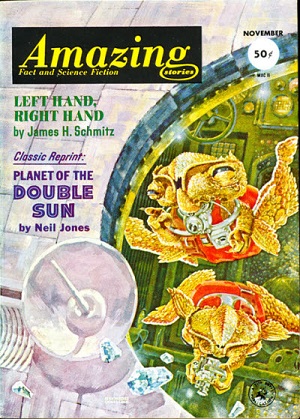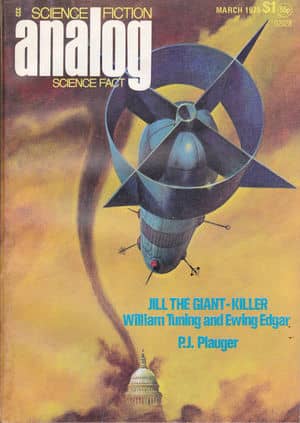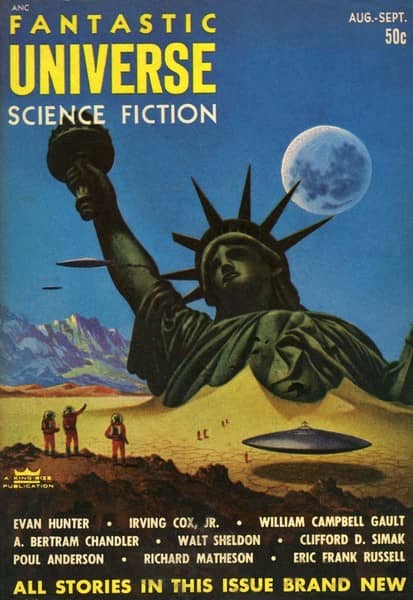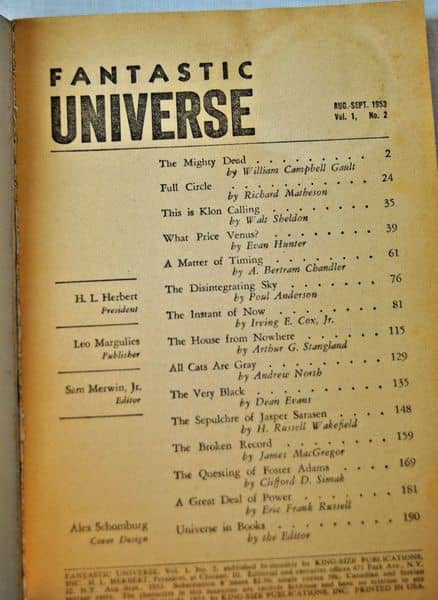Birthday Reviews: Arthur Byron Cover’s “A Murder”
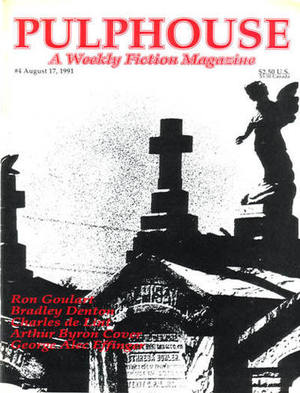
Arthur Byron Cover was born on January 14, 1950. He attended the 1971 Clarion Writers Workshop and made his first sale to Harlan Ellison for inclusion in The Last Dangerous Visions. Cover’s novel, Autumn Angels was nominated for the 1976 Nebula Award. Cover was the owner of Dangerous Visions bookstore in Sherman Oaks, California until the store closed in 2002.
His story “A Murder” was published in the August 17, 1991 issue of Pulphouse Weekly Fiction Magazine and was purchased by Dean Wesley Smith. The story has never been reprinted.
Cover’s “A Murder” is a metafictional and psychological exploration of a brutal murder. He tries to get into the head of both the victim, Stephanie, and the murderer, Bill Prisman. Stephanie is an avid reader of horror novels and stories and when she finds herself being attacked, she is very much aware that it was a complete surprise. There was none of the forewarning or sense of foreboding that she would have expected there to have been in the novels and stories she has read. Prisman’s mind is dark. He has just been released from prison and has a sense of entitlement towards women that he can only fulfill by raping and murdering them.
Cover brings the two of them together and then backs away from the horrible crime be invoking the point of view of the omniscient author. Rather than describing Prisman’s attack, he discusses an alternative to the horror he has set up. This tangent is presented in almost clinical terms and serves to show that certain ideas about criminal behavior, notably reformation, are impractical.
Prisman is the poster child for recidivism, something both he and the law enforcement community know, but their hands are tied by a society and culture which believe that people can change when placed in an environment which actually serves to reinforce their worst tendencies. Once this detour is complete, Cover allows his story to continue to its inexorable ending.
